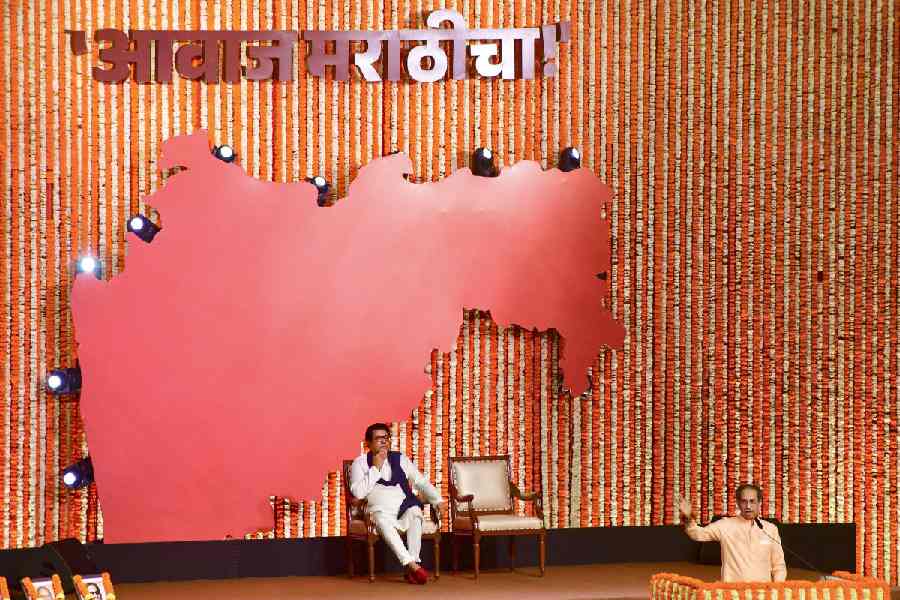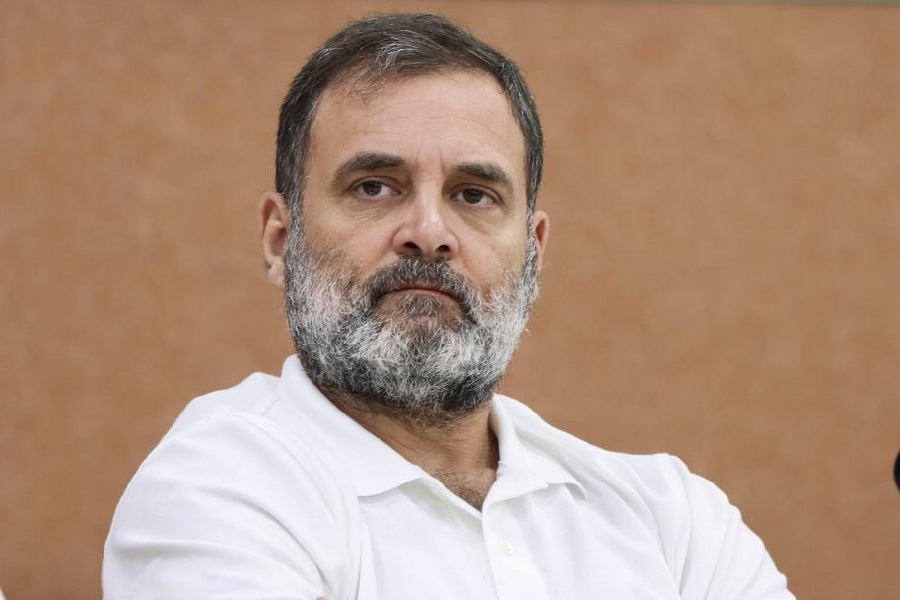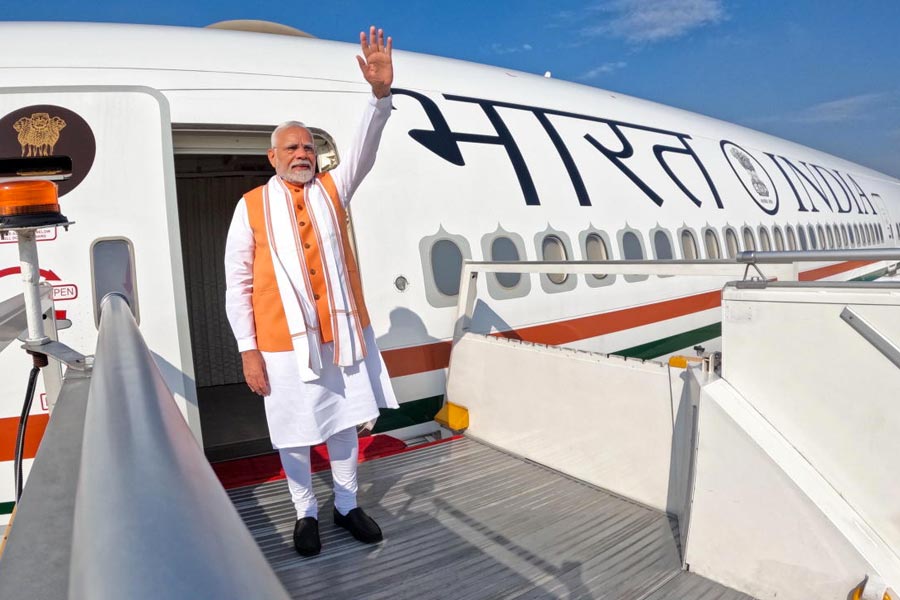With the high court setting an April 2004 deadline for all vehicles on city streets to go clean, here’s a drive down the technical knowhow highway. Destination: Bharat Stage II
What is the Bharat Stage II?
Engine emission norms for measuring toxic pollutants, like carbon monoxide (CO), hydrocarbon (HC), nitrogen oxides (NOx) and particulate matters (PM). For example, diesel-driven light-duty vehicles should not emit more than 1 to 1.5 gram per km carbon monoxide; 0.7 to 1.2 gram per km HC + NOx; 0.08 to 0.17 PM. Petrol-driven light-duty vehicles must not emit more than 2.2 gram per km CO; 0.5 HC + NOx…
Where is it followed?
Was introduced in Delhi from April 2000. Bharat II was made mandatory for the registration of new cars in Calcutta from 2001.
What has the high court said?
On a public interest litigation filed by S.M. Ghosh, the court directed the government to ensure that from April 2004, all vehicles operating within Calcutta Metropolitan Area conform to Bharat II emission standards by adopting CNG, LPG or any other conventional method. The court also directed the state to ensure that licensed auto-emission test centres are properly equipped.
Where lies the technical hitch?
At present, there is no set-up in Bengal to check Bharat II emission norms. According to experts, these norms cannot be checked at standard auto-emission test centres. Bharat II is a mass emission norm being fixed for newly-made vehicles on the basis of prefixed distance run, quality of fuel, driving cycle, etc, measured with the help of costly chassis dynamometers. So, a related tailpipe emission norm, measurable at auto-emission testing centres, must be evolved.
What happens in Europe?
Testing every car with a chassis dynamometer is not feasible, so a tailpipe norm has been formulated, depending on vehicle age.
How will Bharat II benefit us?
It will improve the quality of the air we breathe. Delhi 2003 has seen a one-fourth drop in PM pollution, compared to Delhi 1996.
What regulatory mechanism do we have at present?
Practically none. The city has an inadequate number (around 60) of auto-emission test centres that are also ineffective (a pollution control board internal survey found all 38 of 38 such centres falling way below the expected standard). Also, spot checks carried out by police almost never match with the auto-emission centre findings.
How much time will it take to go Bharat II?
According to petitioner S.M. Ghosh, there are around 10 lakh vehicles within the Calcutta Metropolitan Area without Bharat Stage II emission certificates. If all these need new engines, the total shift will require 30 lakh garage days, warn experts.
The way out?
Experts suggest a middle path. Short-term solutions: strict monitoring and effective enforcement of present emission norms; technology intervention (for example, ensuring better fuel combustion or fitting catalytic converters).
Permanent solution: use of LPG or CNG (successful in Delhi, but off limits to Bengal for want of source). Use of either brings down emission figures to Bharat Stage II norms.
Who stands where in the Bharat II debate?
Government: It is impossible to meet deadline, so if court sticks to April date, most vehicles must go off city streets.
Transport unions: We will ensure that most vehicles meet the pollution norms, without changing engines.
Pollution Control Board: It is impossible for old cars to achieve specified standards through minor technological interventions. LPG is a must.
Petrol-car owner without Bharat II: Should I spend over Rs 1 lakh for a new engine or wait till the government makes an LPG — or any other technical — move and be resigned to leaving my vehicle in the garage from April 2004?










